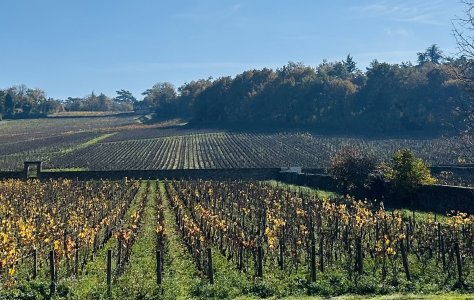Pinotage
Pinotage: a living national treasure or "the only grape variety which is carcinogenic"?
Pinotage is the one original South African grape, developed by Abraham Perold in Stellenbosch in 1925 by crossing Pinot Noir and Cinsault, then known as Hermitage.
It has the acidity of the former parent and the warm generosity of the latter. South Africans can’t make up their minds if Pinotage is a unique selling point for the country - in the same way Zinfandel is for California, or Malbec for Argentina - or a confusing obstacle to progress.
The problem about Pinotage is that, as Robert Joseph wrote in Wine magazine in August 2001, this ‘mongrel grape…unless very skilfully handled, tastes of bubble gum and burned rubber’; and he isn’t wrong about the worst examples.
By 1990 plantings had declined to less than 1% of the country’s vineyards, but there has been a considerable recovery in recent years, helped by a new understanding of how to realise its potential by improved viticulture, and also an increasing use of Pinotage as a blending ingredient.
Now there is a move afoot to promote a ‘Cape Blend’ which must include at least 30% Pinotage.
Despite Adi Badenhorst’s opinion, quoted in the header above, and the gloomy pronouncement of another winemaker that ‘looking for a good Pinotage is like looking for Godot’, there is excellent Pinotage.
One of its virtues is that it can be made in a variety of styles: from fresh and fruity to vibrant and spicy or even dark, intense and ageworthy.



